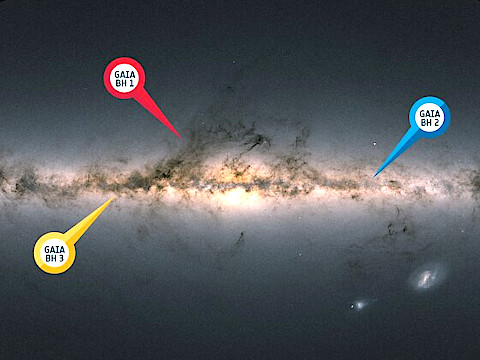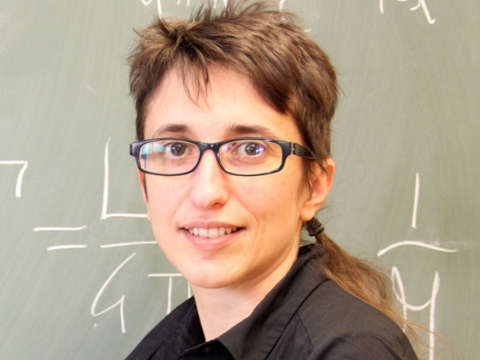Newsroom


For her research project “The formation of dormant black hole binaries: a key to mass transfer and stellar dynamics (DoBlack),” the German Research Foundation (DFG) has granted STRUCTURES Professor Michela Mapelli, astrophysicist at the Center for Astronomy of Heidelberg University (ZAH), around half a million euros.
The DoBlack project will investigate the formation of so-called dormant black holes in binary star systems – pairs where one companion is a black hole that shows no signs of mass transfer, typically detectable through X-ray emissions. These “silent” black holes have attracted increasing interest in recent years. While black holes detected with gravitational wave interferometers often represent the tip of the iceberg of the population with extreme orbital properties, dormant binaries are thought to be more representative of the black hole population in the local Universe.
To date, only a handful of such systems have been observed. However, the forthcoming fourth data release of the Gaia astrometric satellite is expected to identify several hundreds to thousands of these dormant black holes. Already, Gaia data has led to the discovery of three such systems. The orbital period of the first two of them, Gaia BH1 and BH2 (186 and 1300 days, respectively) is a puzzle for astrophysical models: too tight to be explained with a non-interacting system and too large for a binary star that evolved via unstable mass transfer.
DoBlack will address these puzzles by employing advanced numerical simulations. “DoBlack is a natural and exciting extension in understanding the formation of the new class of BH binaries,” resumes Mapelli. The goal of DoBlack is to model the formation of dormant black holes with new binary evolution models, star cluster simulations, and a comprehensive exploration of the parameter space. “We aim to reconstruct the most likely formation pathways of dormant black holes and provide a key to explain the seemingly impossible orbital period of Gaia BH1 and BH2,” says Michela Mapelli.
Michela Mapelli has led the DEMOBLACK group at the Center for Astronomy of Heidelberg University (ZAH) since July 2023 and is a member of the STRUCTURES Excellence Cluster. Her main research focus is understanding the formation of astrophysical black holes.
Further information:
